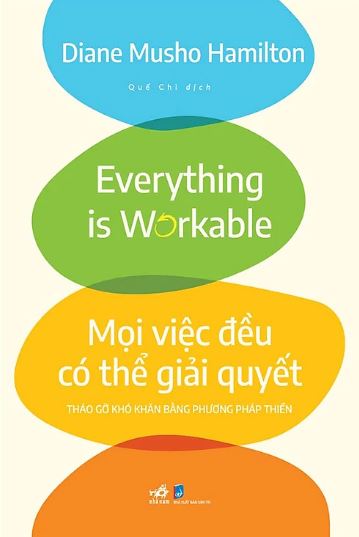What do you think?
Rate this book


340 pages, Paperback
First published December 3, 2013
DIANE MUSHO HAMILTON is an award-winning professional mediator, author, and teacher of Zen meditation. She has been a practitioner of meditation for more than 35 years and is a lineage holder in the Soto Zen tradition.
She is the Executive Director of Two Arrows Zen, a practice in Utah, and offers training programs oriented to personal development and advanced facilitator skills.
Diane is the author of Everything Is Workable and The Zen of You and Me. Her latest book is Compassionate Conversations: How to Speak and Listen from the Heart, co-authored with Gabriel Wilson and Kimberly Loh.
http://www.dianemushohamilton.com
http://www.twoarrowszen.org
email: admin@dianemushohamilton.com